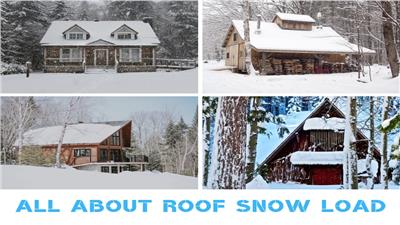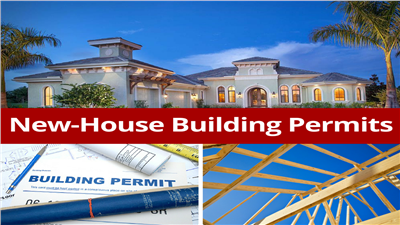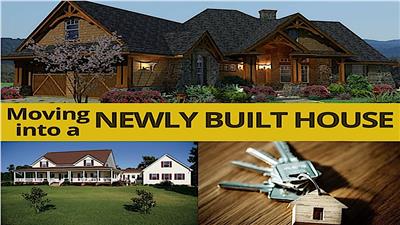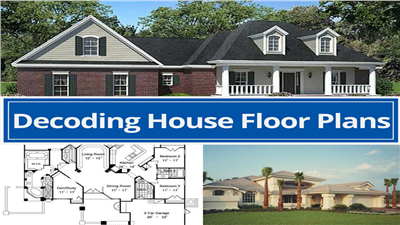Latest Stories
What You Need to Know about Roof Snow Loads
Building codes are put into place to avoid snow-related catastrophes. Snow and ice buildup can cause sagging in roof that’s not strong enough, which will then lead to pooling water when the rainy seasons come around. If the roof isn't framed to code, snow buildup could cause it to collapse.
5 Most Popular Materials for the Roof Over Your Head
Many components go into a roof to make it a cohesive unit. All are crucial, but nothing gives it “personality” like the materials used on the surface. Asphalt, metal, tile, and the like provide not only aesthetics but the durability and longevity that serve as the roof’s true value.
Braced Walls and the International Residential Code
Implementing proper wall bracing increases the structural quality of the home and makes it much safer to live in. Bracing that is installed according to building code guidelines protects against collapse during high winds or earthquakes as well as the stress on wall components from supporting the heavy roof.
Like the Look of Stucco? You Need EIFS
Some materials have obvious natural insulating and temperature-regulating properties and excel at battling the weather, like brick or stone, but they are also very costly. A form of modern stucco – called Exterior Insulating and Finishing System (EIFS) – withstands the elements, is energy efficient, and not surprisingly, is growing in popularity.
ICF Construction: Why You Should Care about It for Your New House Plan
Energy efficiency and eco-friendliness should be at the forefront of every homeowner's mind. But despite the shift to LED lighting and efficient HVAC systems, many homes are still lagging behind when it comes to their walls and insulation. Insulated Concrete Form construction may be the answer for your next home!
VA Loan Programs Can Mean A Dream Home at Last for Our Veterans
The U.S. Department of Veterans Affairs (VA) Home Loan and other housing programs help veterans, service members, and surviving spouses purchase, build, adapt, and renovate homes. Traditionally used for mortgages, some loans can also be used to build a new home – but it can be a tricky road to construction.
What's Selling Now: National Survey of Single-Family Housing
The American desire to build one’s own home is strong and growing across the U.S. housing market. More homes are being built, and they’re bigger than ever. But, the trends are much more significant than just size. Our closer look at the just-released U.S. Census Bureau’s annual housing survey report reveals important insights that you should know about before building your own home.
All about Building Permits for New Residential Construction
You’ve searched through and purchased pre-designed house plans to build your dream home. But before you can build, you need to have the plans approved by your local building authorities and obtain a building permit. Here’s how.
Tips for Moving into a Newly Built House
You’ve searched through pre-designed house plans to find your dream home, and now it’s built and ready for you to move in. Here’s some useful advice on how to be sure that you’re happy with the condition of the new house and your move will go as smoothly as possible.
Decoding House Floor Plans
You’re searching through pre-designed house plans to find your dream home. But the dotted lines, symbols, and shapes you are seeing confuse you. How do they translate into the living space you are looking for? Here are tips to help you understand what you’re looking at.












